Growth of E-commerce Channels
The chocolate market in North America is witnessing a significant transformation due to the rapid growth of e-commerce channels. Online shopping has become increasingly popular, particularly among younger consumers who prefer the convenience of purchasing chocolate products from the comfort of their homes. Recent statistics reveal that online sales of chocolate have increased by over 30% in the past year, indicating a shift in consumer purchasing behavior. This trend is prompting traditional retailers to enhance their online presence and invest in digital marketing strategies. The chocolate market is adapting by developing user-friendly websites and mobile applications to facilitate online purchases. As e-commerce continues to expand, companies that effectively leverage digital platforms are likely to capture a larger share of the market.
Innovative Flavor Combinations
Innovation in flavor combinations is becoming a prominent driver in the chocolate market in North America. Consumers are increasingly seeking unique and adventurous taste experiences, prompting manufacturers to experiment with unconventional ingredients. The introduction of flavors such as chili, sea salt, and exotic fruits has gained popularity, appealing to adventurous palates. Recent market analysis suggests that products featuring innovative flavor profiles have seen a sales increase of approximately 15% over the last year. This trend encourages the chocolate market to invest in research and development to create novel products that stand out in a competitive landscape. As consumer preferences evolve, companies that embrace creativity in flavor development are likely to thrive.
Rising Demand for Dark Chocolate
The chocolate market in North America experiences a notable shift towards dark chocolate, driven by increasing consumer awareness regarding health benefits. Dark chocolate, known for its higher cocoa content and lower sugar levels, appeals to health-conscious individuals. Recent data indicates that dark chocolate sales have surged by approximately 20% over the past year, reflecting a growing preference among consumers. This trend is likely to continue as more people seek indulgent yet healthier options. The chocolate market is adapting by expanding product lines to include various dark chocolate offerings, catering to diverse taste preferences. As a result, manufacturers are investing in marketing campaigns that highlight the health benefits of dark chocolate, further propelling its demand in the North American market.
Sustainability and Ethical Sourcing
Sustainability has emerged as a critical driver in the chocolate market in North America. Consumers are increasingly concerned about the environmental and social impacts of chocolate production. This awareness has led to a rising demand for ethically sourced and sustainably produced chocolate. Brands that prioritize fair trade practices and environmentally friendly sourcing are gaining traction among consumers. Recent surveys indicate that approximately 60% of North American consumers are willing to pay a premium for chocolate products that are certified as sustainable. This trend compels manufacturers in the chocolate market to adopt sustainable practices, such as sourcing cocoa from certified farms and reducing carbon footprints. As sustainability becomes a core value for consumers, companies that align with these principles are likely to enhance their market position.
Personalization and Customization Trends
The chocolate market in North America is increasingly influenced by trends in personalization and customization. Consumers are seeking products that cater to their individual tastes and preferences, leading to a rise in demand for customizable chocolate options. Brands that offer personalized packaging, flavor selections, and ingredient choices are gaining popularity among consumers. Recent surveys indicate that nearly 40% of consumers express interest in purchasing personalized chocolate gifts for special occasions. This trend compels the chocolate market to explore innovative ways to enhance customer experiences through customization. As personalization becomes a key differentiator, companies that successfully implement these strategies are likely to strengthen their market presence.


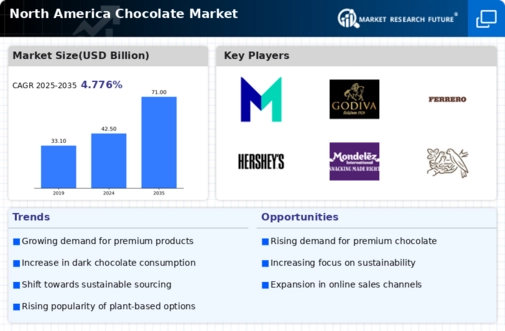
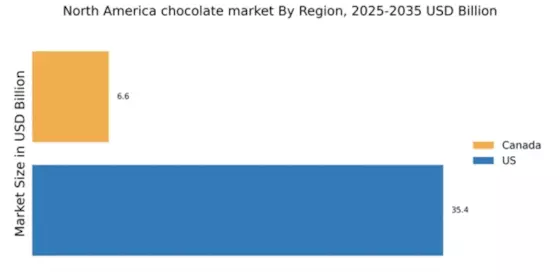

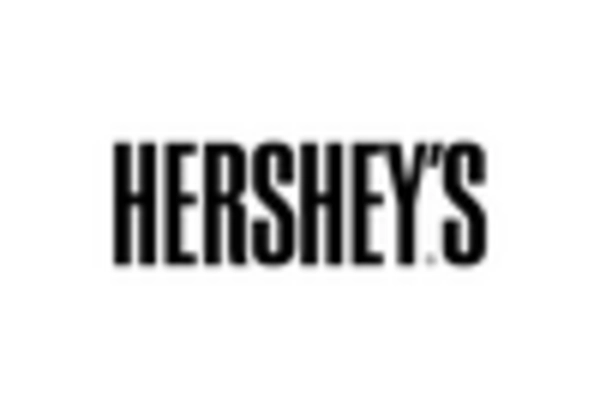

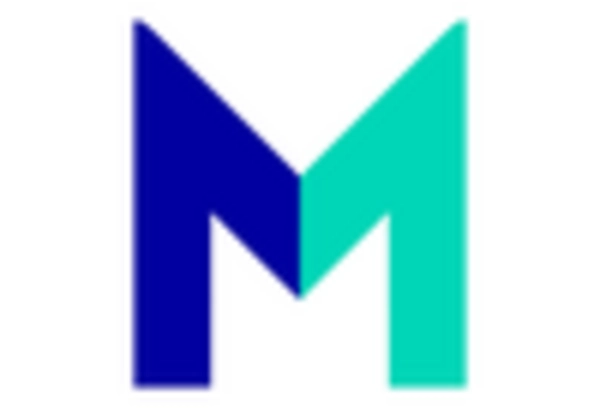
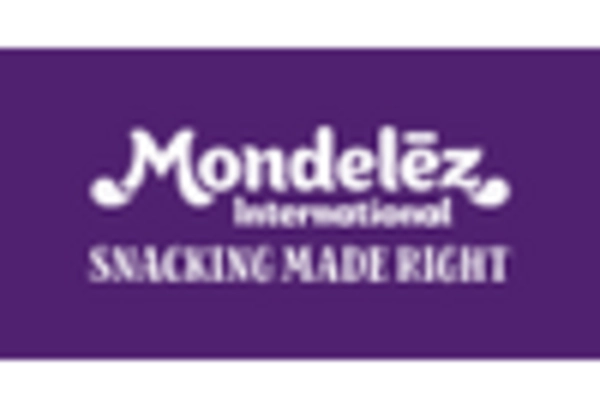









Leave a Comment